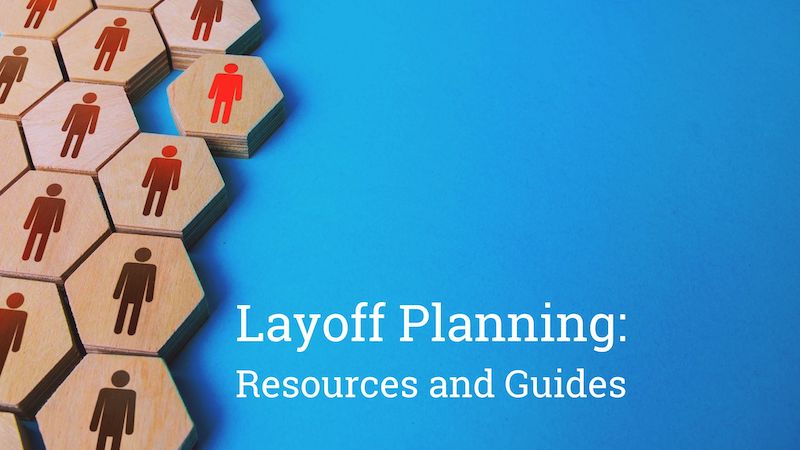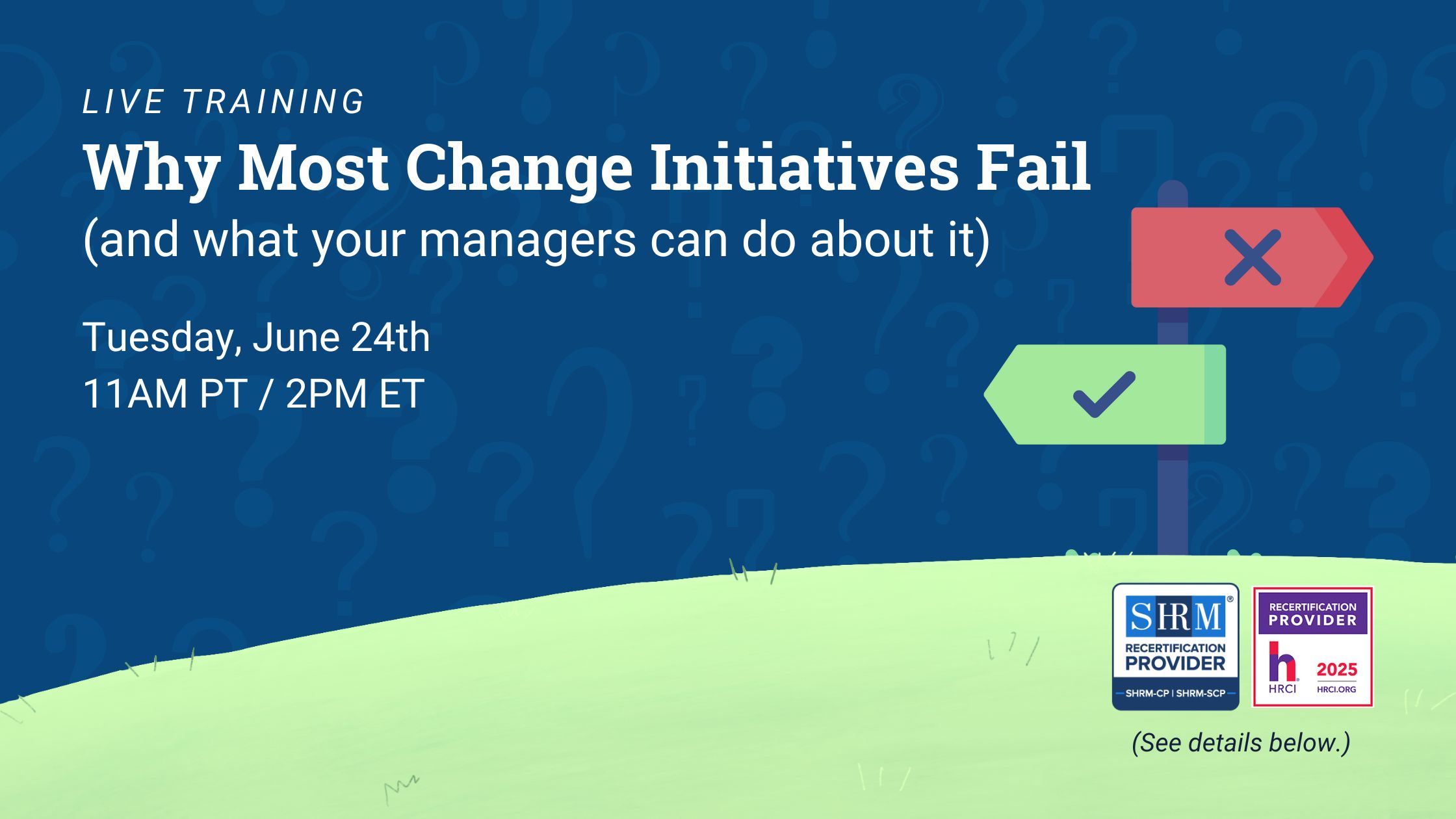Layoff planning can be complicated. Sometimes layoffs are months in the making; other times they need to happen quickly. And many companies don’t consider the “after” in their planning, which can be equally if not more important for your business continuity.
With all the steps that need to be taken before, during, and after a layoff, it’s easy to miss an important detail. Here, we offer resources to help you with layoff planning to ensure that your organization, exiting employees, and remaining workforce emerge from the event as unscathed as possible.
We have articles and guides to use as a reference as you prepare, select employees, choose benefits and arrange severance packages, handle notifications, communicate the layoffs to your remaining employees and help them adjust to the changes, and more.
Resources for Layoff Planning
Planning the layoff
Here’s how to select employees for elimination during restructuring.
Refer to our RIF checklist to make sure you don’t miss any important steps.
Best practices for layoff notifications
How to relay the news to impacted employees.
Use our scripted guide to make layoffs easier.
What to do when employees have difficult responses to the notification.
Be empathetic, but to the point, and many other tips for the notification meeting.
What should and shouldn’t you say during the notification meeting?
Virtual layoffs have become commonplace. But they still need to be handled with care.
Support your impacted employees while protecting your brand
Find out how outplacement can help your organization during layoffs.
What should you look for in an outplacement service? And how to select an outplacement provider?
Read our Essential Guide to Outplacement, to understand all the ways the benefit can help your impacted employees and your organization.
Understand the specific ways outplacement can help your senior employees transition.
Learn about severance packages, how to create them, and what they should include.
How to communicate layoffs to your remaining workforce
Here are 5 steps to communicating the news to your remaining employees.
What NOT to say when communicating layoffs.
Moving on after the layoffs
Layoffs are difficult for remaining employees, too. Here’s how to help them bounce back.
Here are 5 tips for supporting your remaining workforce after a layoff.
It’s important to boost morale after layoffs. Here are 7 ways to do it.
Protecting your organization
Avoid layoff discrimination to protect your organization from lawsuits.
Be sure your layoffs are legally compliant by understanding the WARN Act.
Know how to write the layoff notice.
Write a layoff letter to have an official record of the notification, using our template.
Mitigate negative blowback from your customer base following a layoff.
This list will help you maintain your remaining employees and your reputation after a layoff.
Layoff Planning and More: Subscribe for the Latest in Best Practices
INTOO offers these and many other resources to help you through layoffs and every other stage of the employee lifecycle. Subscribe to our newsletter to receive articles and links to download guides to keep you updated on best practices, news, and trends in human resources. INTOO’s outplacement program helps employees transition to new jobs through an unlimited number of hours of one-on-one, on-demand coaching from premier career counselors, resume reviews, and other career services. Learn more about how our outplacement program can benefit your company when you’re transitioning employees.
Robyn Kern is a seasoned business writer who has written in the HR, education, technology, and nonprofit spaces. She writes about topics including outplacement, layoffs, career development, internal mobility, candidate experience, succession planning, talent acquisition, and more, with the goal of surfacing workforce trends and educating the HR community on these key topics. Her work has been featured on hrforhr.org and trainingindustry.com.











